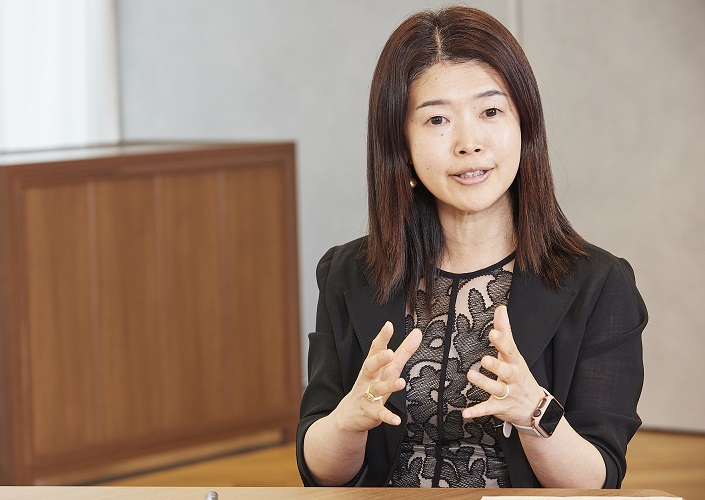About our transformation of the Board of Directors
Roundtable discussion among Outside Director, Representative Director and Chairman of the Board, CRO, CHRO
Our transformation of the Board of Directors
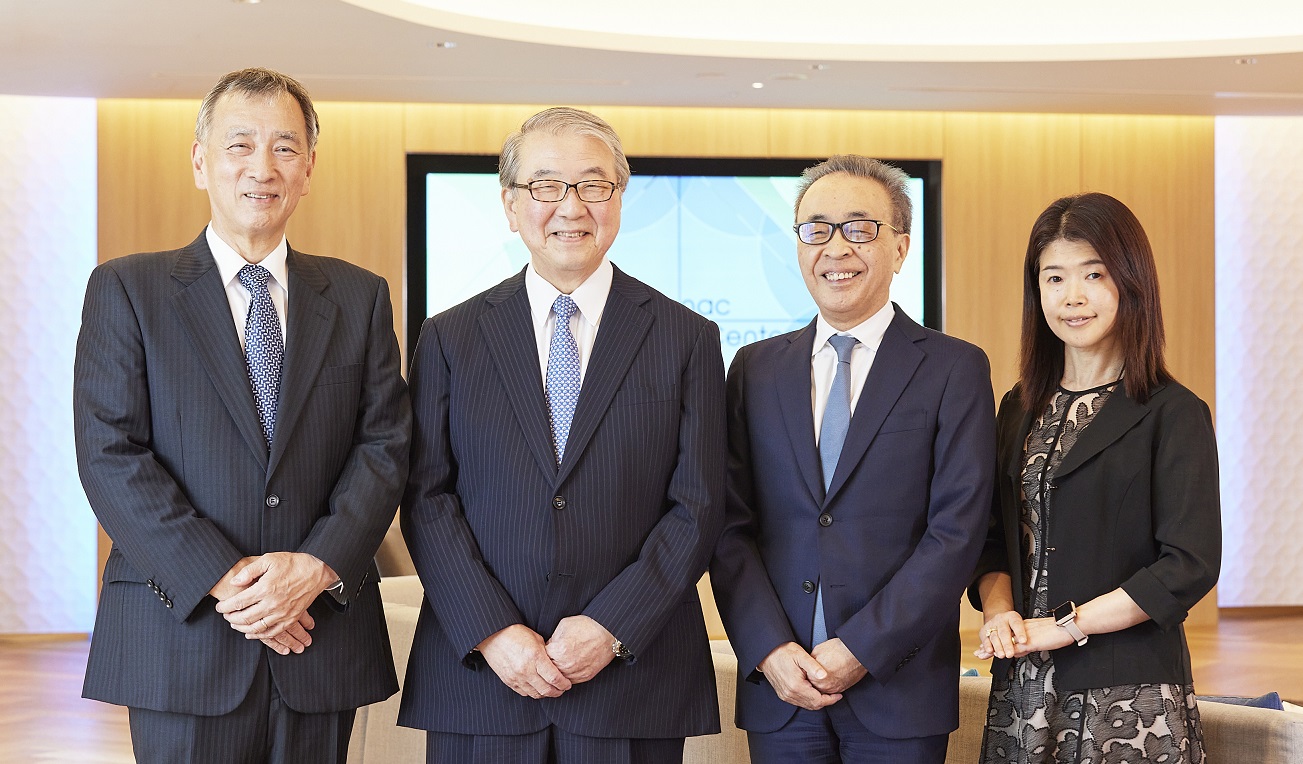
(From the left of the photo)Kohei Morikawa: Representative Director and Chairman of the Board
Tetsuo Tsuneishi: Outside Director
Keiichi Kamiguchi: Director, Managing Corporate Officer, Chief Risk Management Officer (CRO)
Nori Imai: Corporate Officer, Chief Human Resource Officer (CHRO)
Why does the Board of Directors need to be transformed? And why should it be happening now? Let us examine the role and function of Resonac’s Board, and how it will look going forward, as we strive to further enhance our value as an enterprise.
(The dialogue was held in the Resonac conference room on June 19, 2023.)
As Resonac endeavors to expand globally, what should be the relationship between the Board of Directors and the execution side? And what should be the role of the outside directors?
Since the transition into Resonac, the biggest change has been that the goal of expanding globally has really started to take shape. If the execution side is trying to get us up to a level where we can compete worldwide, the Board of Directors, which monitors that, must also meet world-class level standards. And that means the Board needs to completely reinvent itself. We’re kind of in an emergency, so going global makes monitoring all the more important. At normal times, gaps between targets and performance don’t occur all that often, but in the midst of an emergency, there’s a danger of enormous gaps arising.
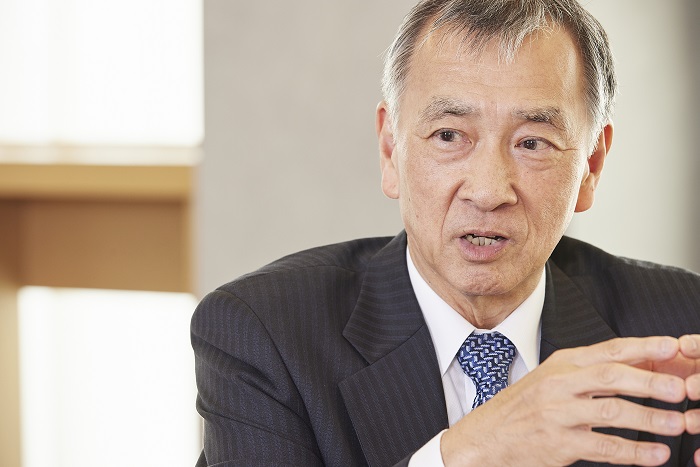
Since taking on the role of an outside director at Resonac, what’s struck me is that this is a company of the like that’s rare in Japan, as it has boldly set sights on achieving large-scale growth, and is implementing a major transformation to accomplish that objective. Even though it’s a company with over a century of history and tradition behind it, it is, in some way, like a start-up. And this transformation has only one aim: to increase corporate value. Strategy is consistent, and all the employees are working toward the same goal, which is exciting and appealing to me. Because it’s the frontline personnel who are the ones that will actually reach the goal, it’s vital to get every employee on board. The role of an outside director is to verify that the company’s strategy is viable and that there are no risks lurking out of view. Outside directors don’t know the ins and outs of the firm’s industry or business, so in a sense they’re novices. Yet I think that the fact that they aren’t experts in the sector means that they can sometimes notice hidden risks. On the other hand, there are also outside directors who regard themselves as business administration professionals, and are fully cognizant of the implications of the numerical targets, such as EBITDA of 20% and ROIC of 10%, announced by President Takahashi. I hope that we will be able to provide support and useful advice for hitting those numbers.
I’d like you, Mr. Tsuneishi, to serve as Resonac’s navigator as we seek to enhance our corporate value. Not only are you knowledgeable about the semiconductor field, but you’ve already played a central role on the board of a company that competes on the world stage, and produced fantastic results in increasing its corporate value. I want you to give us a dose of that experience. Monitoring a board of directors is like being an athletic coach in a car cheering a runner in an ekiden road race (long-distance running multi-stage relay race, mostly held on roads), with the runner representing the execution function. I hope that you can be our coach in a car.
Board transformation that began with free discussion Invigorated debates and changed agendas
When Japan’s Corporate Governance Code took effect, the Board of Directors of Showa Denko discussed governance, and I also took part in these talks as the officer in charge. The evaluation of board effectiveness emerged as a key agenda, but we were unable to hammer out a concrete proposal. However, the recent integration provided an impetus for making changes to the authorities and responsibilities of the execution side, and at the same time moves to transform the Board of Directors re-emerged. As part of that process, Chairman Morikawa and the outside directors had open discussions last year, and we are able to settle on a general direction for reform.
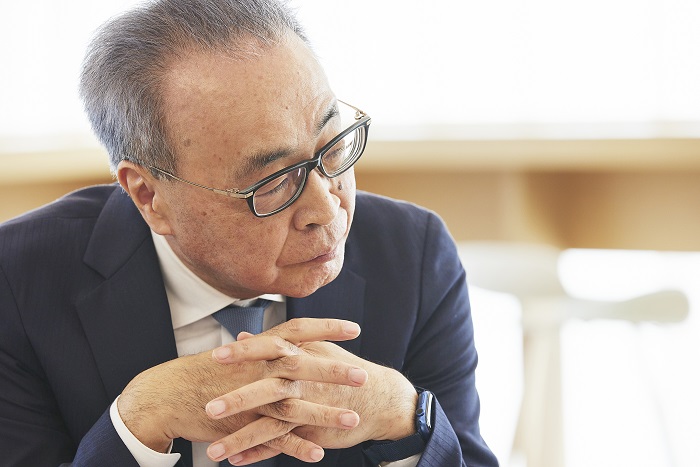
Morikawa
We decided to have free discussions because the atmosphere at Board meetings can get a bit stiff, and we wanted to avoid that.
What we all came away with from the discussions was recognition that the Board always seems to get busy with examining individual projects or transactions, leaving no time left for deep-diving into major themes that will affect the company’s value over the medium to long term. We also agreed on the need to initiate essential discussions for maximizing Resonac’s corporate value.
Establishing a management structure and a governance approach that are best suited and most appropriate for corporate value maximization
To increase corporate value in a sustainable way, it will be critical to get all the employees on the same page and moving in that direction, and to magnify that passion across the entire corporate group. And of course, unless employees are happy, the company will never be great.
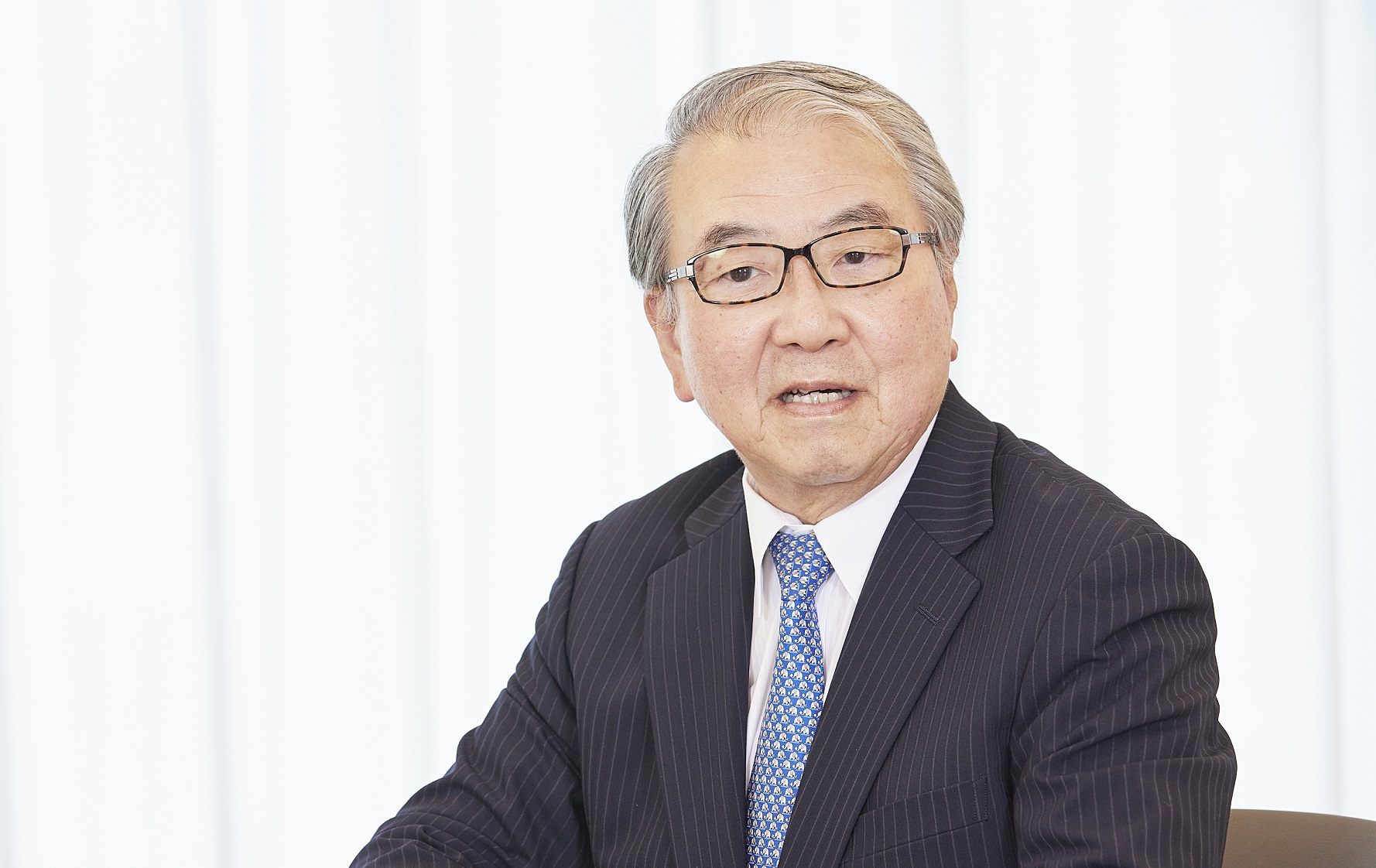
Corporate value is the product of three elements: strategy (including the business portfolio), the individual competencies of employees, and the company’s culture, and among these elements, fostering a corporate culture that enables each employee to demonstrate their capabilities is crucial. The world has become so complex that it’s difficult to predict what’s going to happen next. So, what’s required of companies is organizational agility, or the ability of employees to adapt. That adaptability defines the corporate culture. And only when it is embedded in the corporate culture can the company be trusted. I’m looking forward to discussing with Mr. Tsuneishi how to nurture such a corporate culture and maximize corporate value.
Agreed. The objective of maximizing corporate value is shared by every company in the world.
What sort of relationships between the Board of Directors and the execution side, and with employees, will Resonac need going forward?
Resonac was officially launched this year, 2023, though the effective integration took place last year. At the same time, we began discussions with the outside directors on transforming the Board of Directors. This led to the determination of a general direction for the role that the Board, centered on the outside directors, should play in increasing corporate value. To borrow a word Mr. Tsuneishi used, I feel that we developed a shared understanding that the role of the Board is to verify whether measures proposed by the execution side are viable in terms of raising corporate value. The key question here is how to develop capabilities for verifying viability. I think improving verification capabilities, including the ability to identify hidden risks, will prove to be a considerable challenge.
Indeed. With every merger or acquisition plan, there’s always a wonderful growth plan, but when you actually start taking action, things often don’t go according to plan. When this happens, it’s imperative to examine what went wrong and quickly and correctly adjust your course.
Morikawa
Yes, you need to take a look at why the deviation from the plan occurred, and whether the verification carried out by the executive side was adequate.
